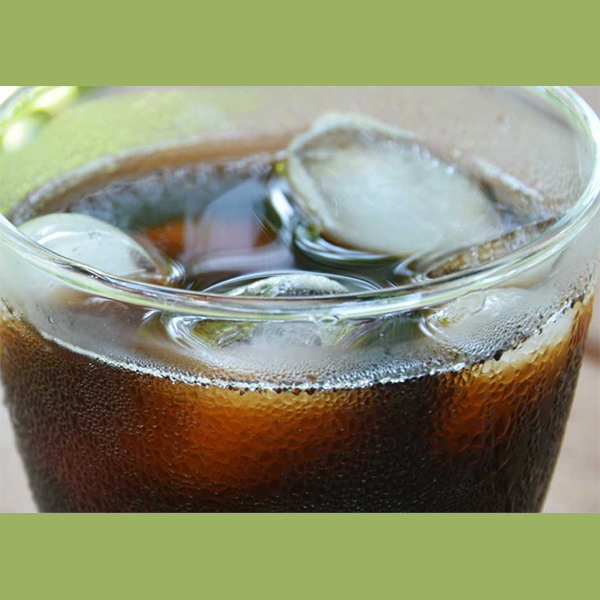 “Cold brew” and “iced coffee.” Aren’t they one in the same? No, no. Don’t mistake the two either, for the care behind brewing cold brew coffee is something that many take seriously. While “iced coffee” is quite literally a cup off coffee that has ice cubes thrown in the mix, there is much more behind making a cool, smooth, cup of cold brew. If you want to learn more about cold brew, keep reading! And, if you are a cold brew die hard yourself, we highly recommend making cold brew coffee with your favorite blend from Sasquatch… You won’t be disappointed.
“Cold brew” and “iced coffee.” Aren’t they one in the same? No, no. Don’t mistake the two either, for the care behind brewing cold brew coffee is something that many take seriously. While “iced coffee” is quite literally a cup off coffee that has ice cubes thrown in the mix, there is much more behind making a cool, smooth, cup of cold brew. If you want to learn more about cold brew, keep reading! And, if you are a cold brew die hard yourself, we highly recommend making cold brew coffee with your favorite blend from Sasquatch… You won’t be disappointed.
Cold-Brew Coffee 101
Before we get to what cold brewed coffee is, let’s be clear about what it’s not. Cold-brew coffee is a very different beast from either iced coffee or the bottled coffee products (cappuccino, mochaccino, and other coffee-based drinks) sold at the supermarket. All of those start with standard hot coffee that’s then chilled, creating a drink that has all of the bitterness and acidity of regular coffee, just minus the heat.
To mask that bitterness, many coffee drinkers (and manufacturers of the bottled beverages) add heaps of sugar and glugs of milk or cream—and plenty of calories with them. “Some of the bottled coffee products we’ve tested have as much sugar as a can of soda,” says Maxine Siegel, a registered dietitian and manager of food testing at Consumer Reports.
Cold-brew coffee, on the other hand, begins with the same beans you’d use for regular coffee, but they’re ground more coarsely, then mixed with cold or room-temperature water and left to sit for a very long time: Coaxing flavor out of the grounds with cool water can take 12 to 24 hours or even longer. To avoid a weak, watery drink, cold brewed coffee also requires at least twice the grounds needed for traditional hot brewing, which explains why cold-brew coffee can be pricey, whether you buy it at a coffeehouse or supermarket, or whip up a batch at home.
Make no mistake: Do-it-yourself cold-brew coffee makers aren’t a necessity; they’re essentially steeping chambers for the water and grounds. But they make preparing and filtering the coffee neater and less cumbersome. (Trying to make cold-brew coffee using, say, a carafe and cheesecloth can be a messy and tedious affair.) The machines also make it easier to experiment with the ratio of water to coffee until you find the one that produces the cup best-suited to your tastes.
What comes out of most cold-brew coffee makers after all of that steeping isn’t ready to enjoy. It’s a thick concentrate that you dilute with cold or hot water or milk, depending on the desired temperature and strength, before drinking.
The Bitter Truth
Why bother with all of the added time and expense of cold brew? Because of how it goes down. Fans say that cold brewing makes for a far smoother drink, without much of the bitterness and acidity of traditional coffee. In fact, a cold-brew coffee and a hot-brew coffee made with identical grounds will have a completely different flavor profile because compounds in the beans react very differently to cold water than they do to hot.
Cold brew might also be a healthier choice than traditional iced or chilled coffee drinks. Because of its distinctly mild flavor, drinkers are less likely to load up cold brew with milk and sugar—and all of the added calories they bring.
Another selling point of cold-brew coffee is its extended shelf life: It will keep in the refrigerator for up to two weeks. Regularly brewed coffee doesn’t store well in the fridge and starts to go stale shortly after it’s made because of an aromatic compound that degrades as it cools—all something to keep in mind this summer when you’re looking for a pick-me-up that will also cool you down.
The Science of Smooth
SRC: Find more Consumer Reports articles here: www.consumerreports.org/coffee/cold-brew-coffee-for-hot-days/